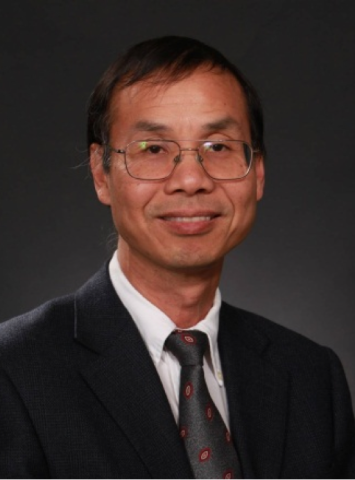event
Georgia Tech-COPE Distinguished Lecture Series - Franky So
Primary tabs
The Georgia Tech-COPE Distinguished Lecture Series welcomes Professor Franky So from the University of Florida. Refreshments will be served prior to the lecture and at the reception following the lecture.
About Franky So
Dr. Franky So received his Ph.D. degree in electrical engineering from the University of Southern California in 1991. He was the Manager of the OLED Program at the Motorola Corporate Research Laboratories and then the Head of Research at OSRAM Opto Semiconductors responsible for the OLED development. He joined the University of Florida in 2005 and is currently the Rolf E. Hummel Professor of Electronic Materials, a University of Florida Research Foundation Professor and the Associate Chair of Research in the Department of Materials Science and Engineering. Dr. So is a Chartered Fellow of the National Academy of Inventors, a Fellow of the Institute of Electrical and Electronic Engineers (IEEE), the Optical Society of America (OSA), and the International Society of Optics and Photonics (SPIE). His research interest is in the area of organic light emitting diodes, organic solar cells, infrared sensors and radiation detectors. He is the Editor-in-Chief of the journal Materials Science and Engineering Reports and also an Associate Editor of IEEE Journal of Display Technology, IEEE Journal of Photovoltaics, SPIE Journal of Photonics for Energy. Dr. So has edited one book and is an author of 3 book chapters. He has over 100 refereed publications, 70 issued patents and another 20 patent applications.
Dr. So received many awards and recognitions. While at Motorola, he was given the Distinguished Innovator and the Master Innovator Awards. At the University of Florida, he was given the Innovation Award, the MSE Department Faculty Excellence Award. In 2011, he was named the University of Florida Research Foundation Professor. Dr. So was also an recipient of the DOE Solid State Lighting Significant Achievement Award in 2009 and 2010.
Abstract
Energetic Disorder and Carrier Transport in Photovoltaic Polymers
Solution processable polymeric solar cells have drawn a lot of attention due to their potential for low cost roll-to-roll manufacturing. Compared with inorganic semiconductors, polymer semiconductors have relatively low carrier mobilities and therefore carrier transport is considered a limiting factor determining the performance of a polymer solar cell. In addition to carrier mobility, carrier lifetime in the polymer:fullerene blends is another important parameter determining the cell efficiency. We have extensively studied the carrier transport and recombination properties of several donor-acceptor conjugated polymers. We found that while low mobilities in polymers lead to charge imbalance, high mobilities do not always lead to high power conversion efficiencies. In this presentation, we will present our device results based on dioctyldithieno silole (DTS) polymers with a wide-absorption band and excellent transport properties. Even though the DTS polymers have a high hole mobility, the power conversion efficiency of the resulting solar cells is limited by the low fill factor. In order to study the loss mechanism of the photo-current, we carried out transient photo-voltage (TPV) measurements to probe the bimolecular recombination of photo-carriers under open circuit condition. Based on our photo-CELIV (carrier extraction by linearly increasing voltage) data, we found that the carrier recombination rate is strongly related to the energetic disorder of the semiconductor polymers. Finally, we will report on our recent progress of high efficiency polymer solar cells based on a low band-gap polymer having an alternating dithienogermole-thienopyrrolodione repeat unit (PDTG-TPD).
Status
- Workflow status: Published
- Created by: Jason Martin
- Created: 12/10/2012
- Modified By: Fletcher Moore
- Modified: 10/07/2016
Categories

